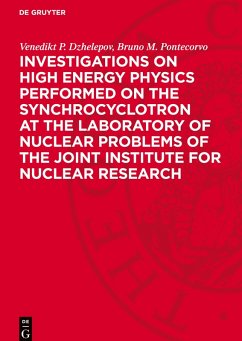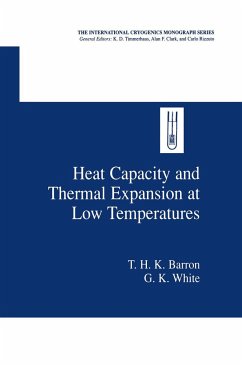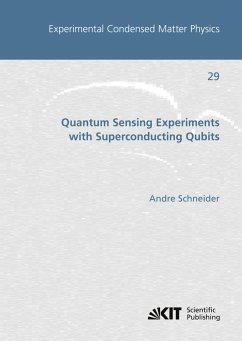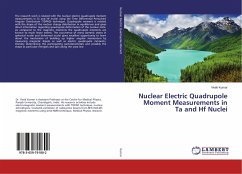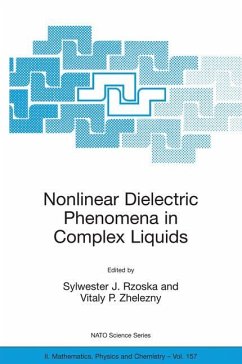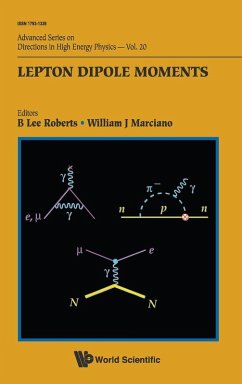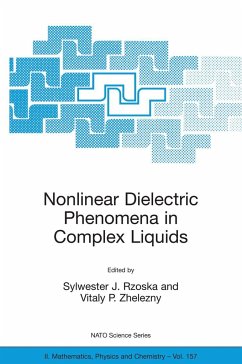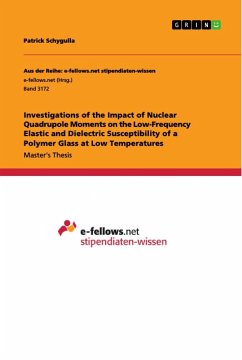
Investigations of the Impact of Nuclear Quadrupole Moments on the Low-Frequency Elastic and Dielectric Susceptibility of a Polymer Glass at Low Temperatures

PAYBACK Punkte
0 °P sammeln!
Master's Thesis from the year 2018 in the subject Physics - Nuclear Physics, grade: 1,0, University of Heidelberg (Kirchhoff-Institut für Physik), language: English, abstract: This work investigates the impact of nuclear quadrupole moments on the low-frequency elastic and dielectric susceptibility of a polymer glass at low temperatures. In this work low-frequency elastic and dielectric susceptibility measurements of a polymer glass were performed at low temperatures. The sample, a polymer with the trade name FR-122P, was chosen because of its high bromine concentration.Recent studies of glass...
Master's Thesis from the year 2018 in the subject Physics - Nuclear Physics, grade: 1,0, University of Heidelberg (Kirchhoff-Institut für Physik), language: English, abstract: This work investigates the impact of nuclear quadrupole moments on the low-frequency elastic and dielectric susceptibility of a polymer glass at low temperatures. In this work low-frequency elastic and dielectric susceptibility measurements of a polymer glass were performed at low temperatures. The sample, a polymer with the trade name FR-122P, was chosen because of its high bromine concentration.Recent studies of glasses containing nuclear quadrupole moments have revealed deviations in the dielectric function from the predictions of the standard tunnelling model. Within this thesis the low-frequency elastic and dielectric properties of the polymer glass FR-122P were studied at temperatures ranging from 7 mK to 600 mK. A double paddle oscillator was used for elastic and a capacitance bridge for dielectric susceptibility measurements covering a fre-quency range between 60 Hz and 16 kHz. The large amount of nuclear quadrupole moments in the investigated sample and the well known hyperfine level splitting enabled a thorough analysis of the role of nuclear quadrupole moments in this system. With the help of nume-rical calculations it could be shown that above around 200 mK the results agree with the standard tunnelling model while towards lowest temperatures interactions between nuclear quadrupole moments and atomic tunnelling systems need to be considered. Comparing the simulations with the measured data implies that the interactions result in an additional relaxation process rather than in changes of the tunnelling system distribution function. A novel experimental module was developed with the goal to directly study the influence of nuclear quadrupole moments. It allowed for selectively driving the nuclear quadrupole transition while simultaneously measuring the elastic susceptibility.






